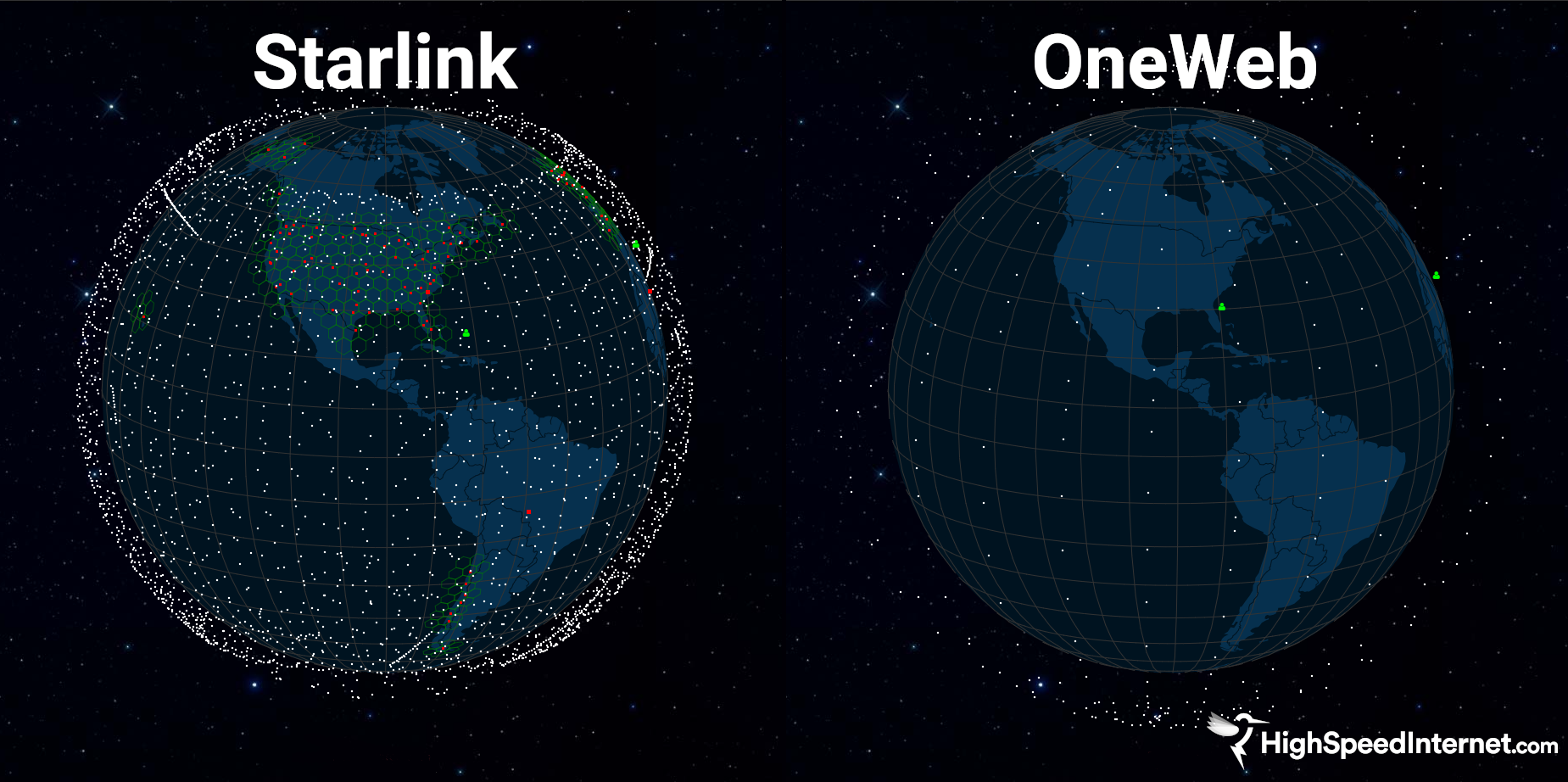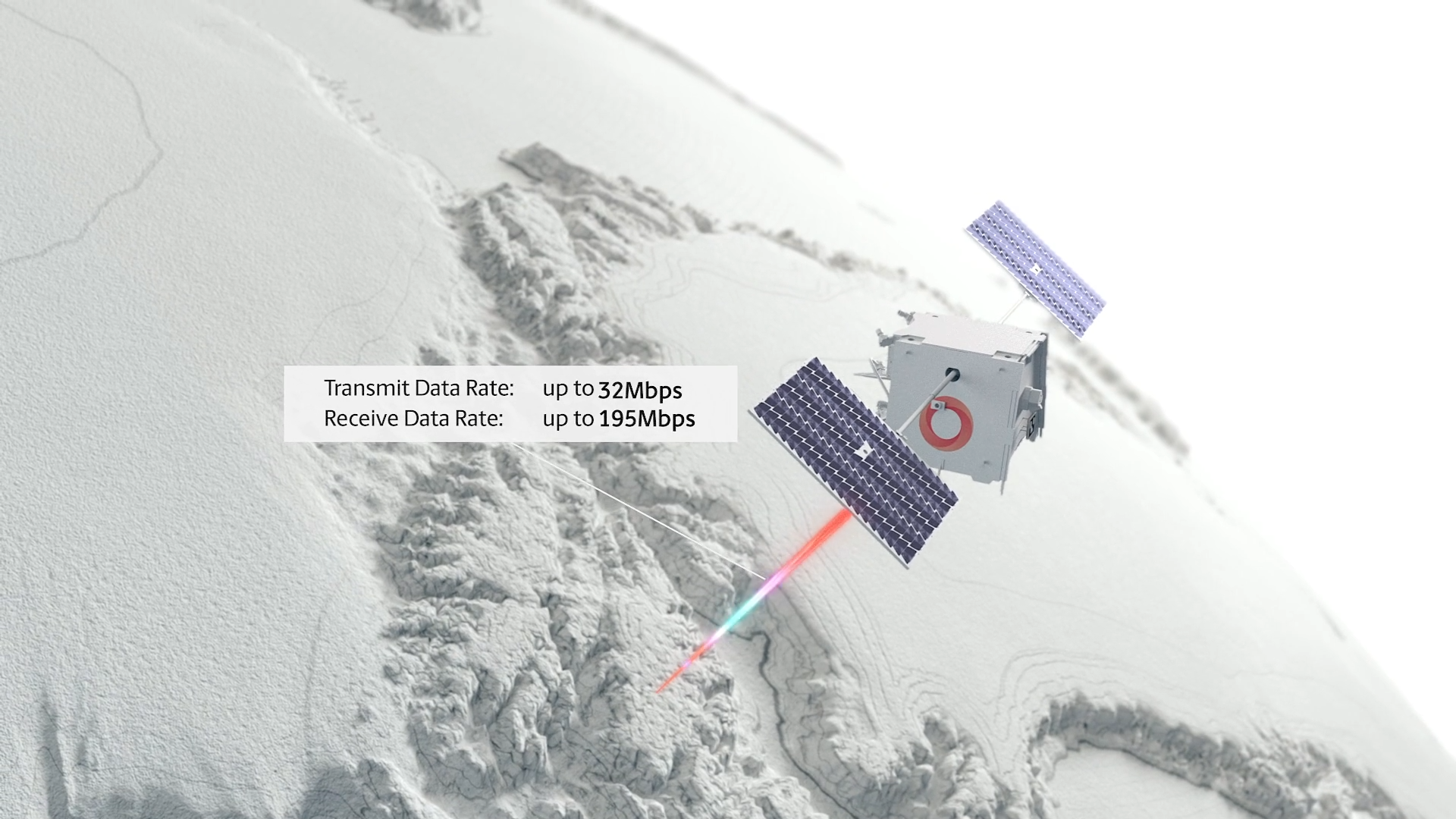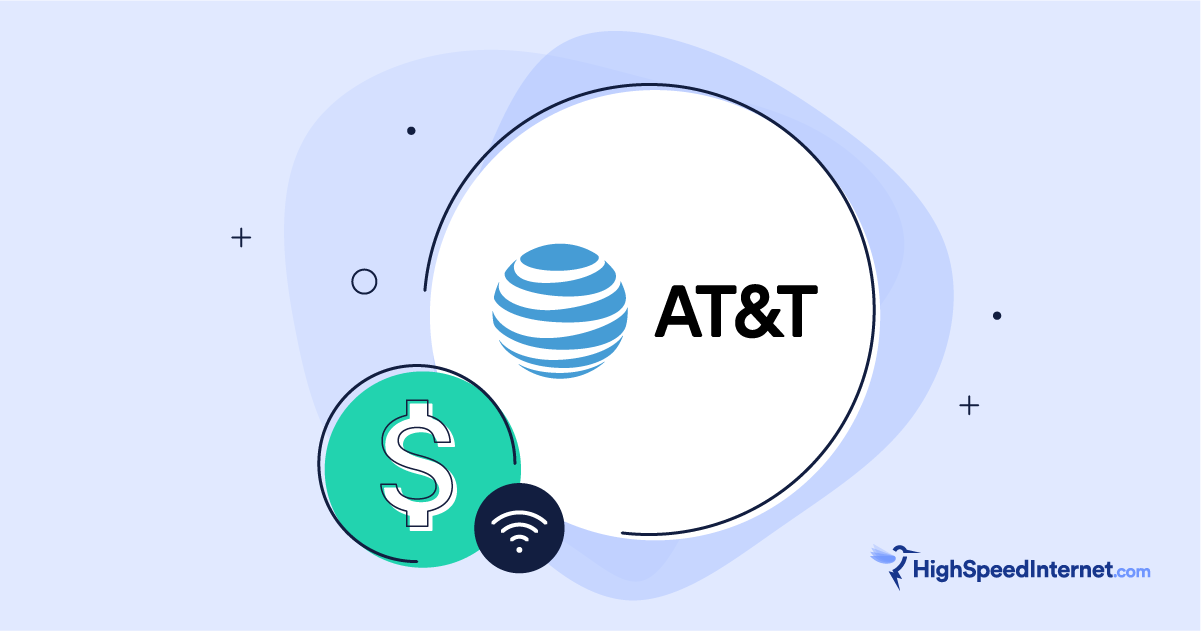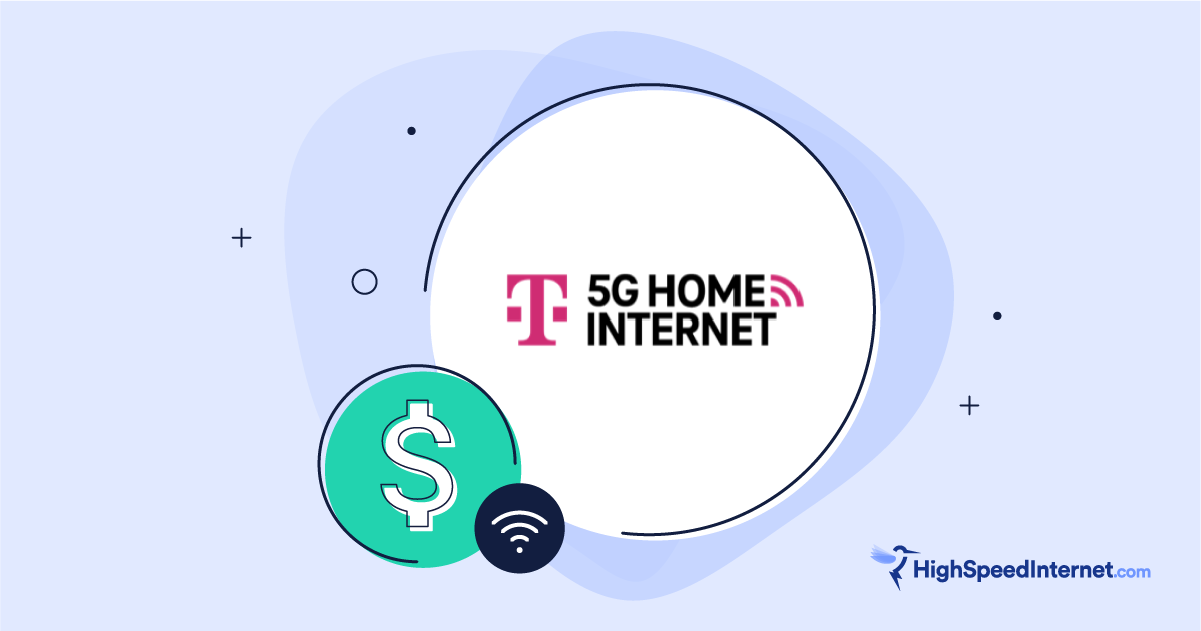When Will OneWeb Satellite Internet Be Available?
Spoiler: It’s already here.
Dec 2, 2025 | Share
Brand Guides
Those who have been following Starlink and the development of low-Earth orbit (LEO) satellites are probably also aware of the other big players in the game, Amazon’s Project Kuiper and the U.K.-based OneWeb. While Project Kuiper is moving along a path similar to that of Starlink, OneWeb hasn’t been in the headlines for a while. It’s not gone—it’s just going in a different direction.
OneWeb currently partners with other companies and internet providers to deliver low-latency satellite connections to their existing customers. This means you may have already used OneWeb on a plane or through a rural provider, but you probably won’t be signing up for a OneWeb connection personally.
Latest developments
In a rather embarrassing misstep for a cutting-edge satellite telecommunications company, OneWeb’s satellite network went down on New Years’ Eve due to a software bug that failed to account for the fact that 2024 was a leap year. The network was out for two days before the company was able to get service fully restored.
Are you looking for low-latency satellite internet or other high-speed connections? Enter your zip code below to see the providers available in your area.
What is OneWeb?
OneWeb was one of the first LEO companies to throw its hat into the ring as it began looking for a manufacturer to build its fleet of satellites just as SpaceX was building its own satellite factory. It launched its first six satellites in February 2019, several months before Starlink launched its first operational satellites.
Misfortunes and delays
Despite its head start, OneWeb ran into trouble during the beginning of the COVID-19 pandemic and filed for bankruptcy in March 2020. The company was later purchased by a group of investors including the U.K. government, Indian conglomerate Bharti Global, and Japan-based SoftBank. This allowed the company to resume and even accelerate the launch schedule for its satellites.
OneWeb ran into more trouble after the Russian invasion of Ukraine in 2022. The company had previously hired Russia’s space agency, Roscosmos, to launch a batch of 36 satellites from the Baikonur Cosmodrome in Kazakhstan. Following Western sanctions in response to the invasion, Roscosmos refused to launch the satellites or refund the cost of the launch.
OneWeb goes online
Although the delays caused by these setbacks caused OneWeb to take a backseat to Starlink and Project Kuiper, the company completed its constellation, which consists of 634 operational satellites as of May 2023.

OneWeb’s satellite constellation is considerably smaller than that of Starlink. These satellites, while still very small, are larger than Starlink’s and orbit at a higher altitude. This makes deorbiting satellites at the end of their lifespan considerably more difficult, as there is not enough atmospheric drag to passively deorbit the satellites in a reasonable amount of time. Instead, each satellite must carry a small amount of fuel so it can push itself back down into the atmosphere at the end of its life.
Fortunately for OneWeb, its smaller number of satellites doesn’t seem to be a problem. In contrast to Starlink, which has been struggling to meet the demand from its huge influx of customers, OneWeb doesn’t offer its services to residential customers directly. Rather, it partners with other companies that already have an established customer base, which makes it much easier to manage its network capacity.
Merger with Eutelsat
In 2023, OneWeb merged with French satellite provider Eutelsat in a $3.4 billion all-stock agreement. This deal was over a year in the making with OneWeb securing all the necessary regulatory permissions in August 2023, having already obtained the approval of its shareholders. The final step was securing the approval of Eutelsat’s stockholders, who voted in favor of the merger on September 28, 2023.
OneWeb now operates as a subsidiary of Eutelsat, though its operations will remain centered in London. The British government also continues to hold special voting rights in the new combined company, as it did in OneWeb following its bailout of the struggling company in 2020.
How fast are OneWeb internet speeds?
OneWeb currently advertises speeds up to 195Mbps, which puts it ahead of residential satellite services from both GSO satellite providers like Hughesnet and Viasat, and Starlink. This is slightly slower, however, than the 220Mbps connections advertised by Starlink Business internet, which is a more comparable service.

Although the actual speeds experienced by end users will depend somewhat on how the plane, cruise ship, or other OneWeb partner allows access to the connection, that’s a decent amount of speed to work with. On the rare occasion that I even bother using in-flight Wi-Fi, I’m used to simple tasks like checking my email being unbearably slow. In theory, a flight using OneWeb’s network could have nearly 40 passengers streaming HD video on their phones before anyone noticed any slowdown. That’s a pretty big improvement.
Where can I find OneWeb internet?
Right now OneWeb partners with companies in five main areas:
- Business
- Government
- Maritime
- Aviation
- Land Mobility
The most notable omission from this list is residential internet service, which is the main focus for both Starlink and Project Kuiper.
Although OneWeb and Starlink both offer services for maritime, aviation, and land-based mobile connections, their approaches are slightly different. While Starlink Roam is targeted toward RV owners, digital nomads, and other professionals who want to work and relax in the middle of nowhere, OneWeb’s mobile services are directed toward passenger trains, construction crews, and agricultural equipment. Again, for most of us, this means that most of our interaction with OneWeb will come through one of its partners rather than directly with OneWeb itself.
Why should we care about OneWeb?
Most of us see much less news about OneWeb because we’re not its target audience. Still, OneWeb could have a big impact on people’s online experience, particularly in rural and other underserved areas.
How OneWeb impacts internet infrastructure
As we often note here at HighSpeedInternet, reliable high-speed internet connections are essential for both businesses and for individuals to participate in everyday life. Unfortunately, many areas lack the infrastructure to deliver the broadband speeds that people need for education, healthcare, and civic engagement.
Although there have recently been huge investments in improving internet access, physical structures like fiber-optic cables and wireless towers take time to build and cost a lot of money. Furthermore, both costs and construction time increase as we extend this infrastructure into more remote areas.
OneWeb aims to bridge these gaps, connecting smaller networks to the wider internet. By using OneWeb as a wireless backhaul, small rural providers can offer high-speed connections to their community now in locations that might have otherwise needed undersea cables or multiple radio towers to connect with the rest of the world.
How OneWeb impacts rural areas
Through its partnerships with local internet providers, OneWeb increases the internet options available to rural communities. Importantly, OneWeb enables low-latency connections that are impossible with traditional GSO satellites.
Although it gets less attention than download speed, latency is a key factor in real-time communication. This means it not only impacts online games and livestreaming sites like Twitch, but also online education, telehealth, and other important services to which rural communities have less access.
Top rural internet providers
| Plan | Starting price | Speed range | Connection | Order online |
|---|---|---|---|---|
| Starlink | $40/mo.* | Up to 100–400Mbps | LEO Satellite | View Plans |
| T-Mobile 5G Home Internet | $40/mo.† w/ AutoPay, plus taxes & fees. | Up to 133–415Mbps | 5G Home | View Plan |
| Viasat | $119.99/mo.‡ | Up to 50–150Mbps | GSO Satellite | |
| Hughesnet | $39.99/mo.§ for first 12 mos. | Up to 25-100Mbps (stated speeds are not guaranteed) | GSO Satellite |
Data as of 12/02/2025. Offers and availability may vary by location and are subject to change.
*Plus hardware, shipping & handling fees, and tax. Fully refundable. Depending on location, some orders may take 2 weeks or more to fulfill.
†w/ Auto Pay. Regulatory fees included in monthly price for qualified accounts. See full terms
‡Prices and availability vary by location. Installation fees, monthly equipment lease fees, and taxes may apply. After 100 GB of High-Speed Data usage, you still have unlimited access to Standard Data, which may result in slower speed.
§Minimum term required and early service termination fees apply. Monthly Fee reflects the applied $5 savings for ACH enrollment. Offer may vary by geographic area.
Rural internet, though long overlooked, is experiencing some of the most exciting innovations in telecommunications that we’ve seen in a long time. Each technology has its own pros and cons and, at the moment, there’s no one-size-fits-all solution. OneWeb doesn’t provide a residential service that you can sign up for, but it’s increasingly becoming an important part of many other networks, especially smaller regional providers.
Are there local providers in your community that have coverage in your area? Enter your zip code below to find out.
The future of OneWeb
Despite a bumpy start, OneWeb is slowly expanding as it gains new regulatory approvals and makes new partnerships. With its satellite constellation fully operational, OneWeb is now preparing for its second-generation satellites, which incorporate new features such as beam-hopping capability which will allow satellites to switch the direction and strength of their signals based on customer needs or demands.
The provider is also looking toward the development of 6G cellular standards and the way that LEO satellites can support terrestrial infrastructure to ensure that 6G is accessible to everyone, even in remote locations.
Partnership with HughesNet
In June 2023, OneWeb announced a partnership with HughesNet, a geostationary (GSO) satellite internet provider, to provide low-latency internet connections to the global airline market. Using technology similar to that used in its HughesNet Fusion plans, the company plans to transform existing GSO services on aircrafts into a faster, lower-latency in-flight Wi-Fi service.
This development could drastically improve the experience of using the internet when travelling by air. According to Reza Rasoulian, vice president of Broadband Satellite Services for Hughes Network Systems:
“Combining OneWeb service with our high-performance antenna and our expertise delivering managed services at scale, we’re able to offer passengers worldwide an in-flight Wi-Fi experience that’s as fast and responsive as they can get at home or in the office.”
Although this is certainly an ambitious claim, it could have a big impact, especially on those who have to travel for work.
Author - Peter Christiansen
Peter Christiansen writes about telecom policy, communications infrastructure, satellite internet, and rural connectivity for HighSpeedInternet.com. Peter holds a PhD in communication from the University of Utah and has been working in tech for over 15 years as a computer programmer, game developer, filmmaker, and writer. His writing has been praised by outlets like Wired, Digital Humanities Now, and the New Statesman.




